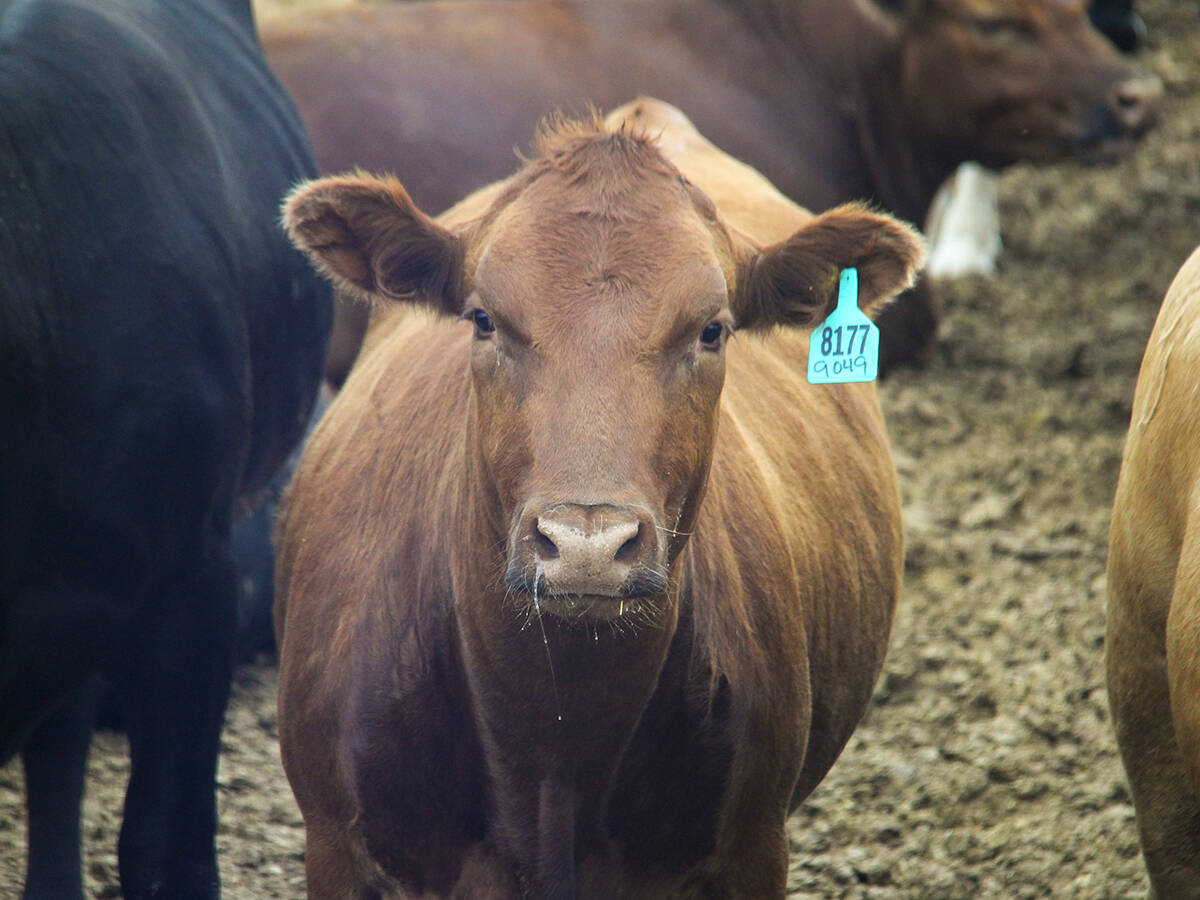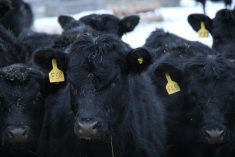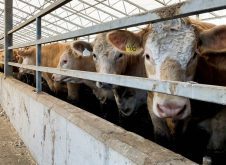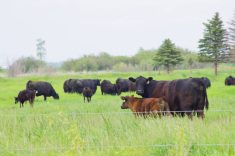While preconditioning makes sense from a health perspective, it’s far from standard practice.
In fact, a western Canadian cow-calf survey found only nine per cent of producers preconditioned in 2013.
And those who do typically have a clear financial incentive, said Canfax Research Services manager Brenna Grant.
“Frequently, producers consider preconditioning when they have extra feed, or when feed prices are low and they’re looking to add value to their product by putting weight on calves,” Grant said during a Beef Cattle Research Centre webinar on preconditioning.
Read Also

Countdown begins for traceability
Canadian cattle producers are awaiting new federal traceability regulations following a two-year consultation process.
“They may consider preconditioning when prices are low and they want to sell their cattle to a different market. (Or) they’re wanting to retain their calves until prices recover.”
But today’s high cattle prices offer an opportunity for producers to do the right thing — and get paid for it.
“The cost of death at the feedlot is at one of the highest levels that we’ve ever seen,” said Grant. “There is a potential of premiums becoming available because it’s more profitable for our feedlot to pay to have a calf that’s going to stay alive versus something that may be immune compromised in those first 45 days.”
Knowing the cost of production is critical. Prices generally soften in November and December as feedlots fill their pens. In 2014, prices continued to increase during the fall run, which paid off for producers who were able to retain ownership of their animals.
“Not only were they able to get additional pounds, they were able to sell them at a higher price. 2014 was an ideal year for preconditioning,” she said.
However, live cattle futures are now under pressure, and the seasonal price decline from October to December — usually about eight per cent — could be larger this year.
Historically, a producer needed to have less than 80 cents per pound for cost of gain to make preconditioning worthwhile.
“When you have higher prices, every pound added is actually worth more,” said Grant. “You can invest more in adding those pounds than you would have historically.”
To determine if preconditioning is worthwhile, producers need to include their yardage, labour, and all costs, not just feed costs. An online tool to calculate the cost of production can be found at the Beef Cattle Research Council website.
















